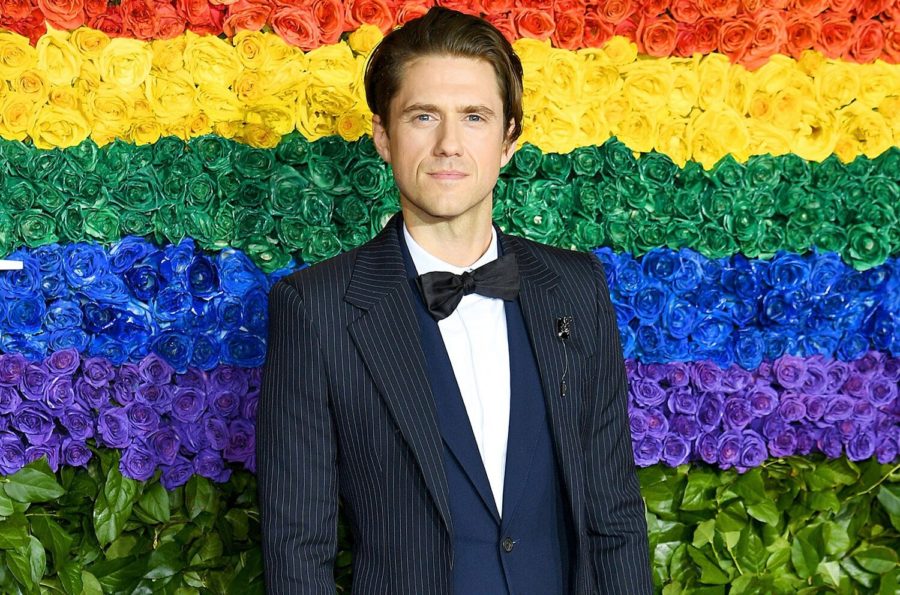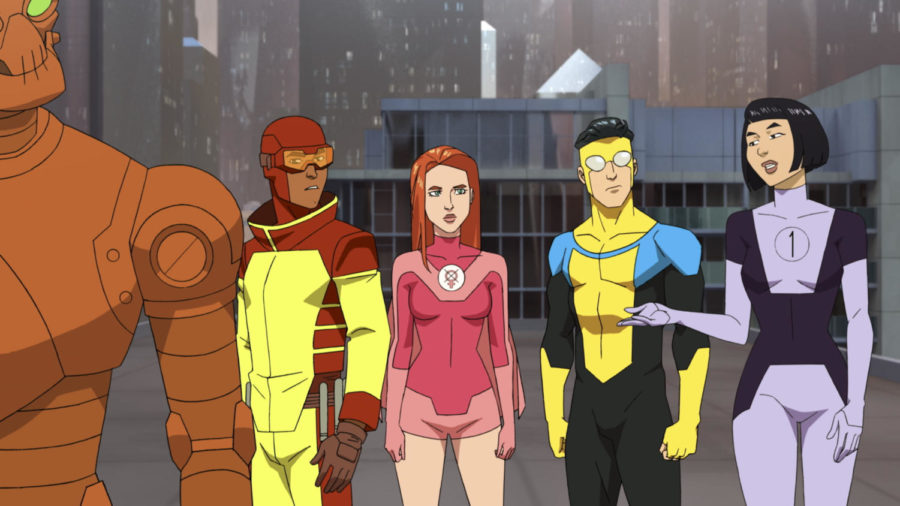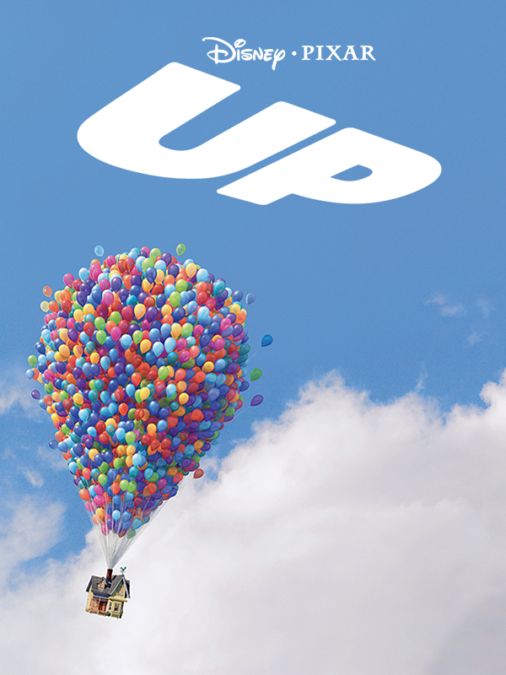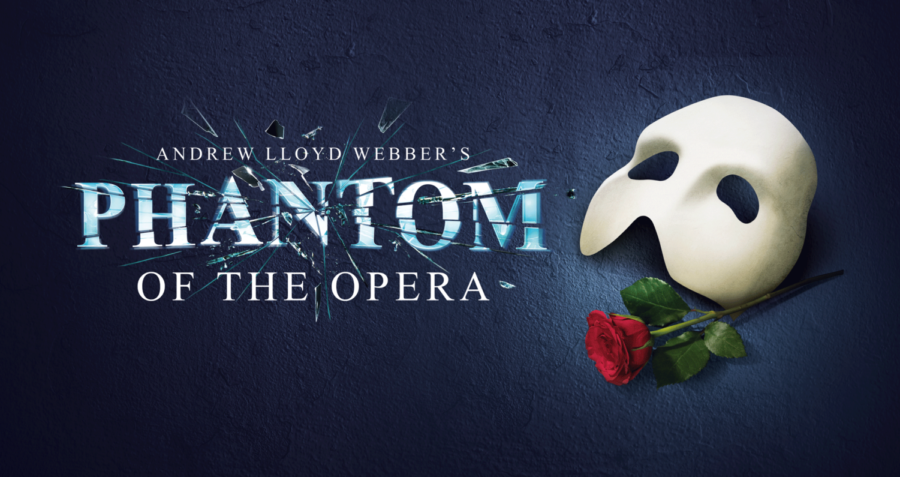When one thinks of autumn, one thinks of a number of things: the solemn beauty of the landscape, the growing darkness of the season and the nobility of the more sensual seasons falling into winter.
During the Mercyhurst Symphony Orchestra’s Fall Concert — directed by Dr. R. Scott Tomlison and performed in the Mary D’Angelo Performing Arts Center, Dec. 2 — the themes of nobility and the diverse colors of beauty were exemplified and carried throughout the whole of the performance.
The program featured a number of pieces by such famous names as Bartok, Britten and Beethoven, as well as some newer and more well-known works, such as an orchestral arrangement of “O Holy Night.”
The program was also unique in that this concert was the first in Mercyhurst University’s history to feature an orchestra integrated with members of orchestras from Penn State Behrend, Gannon University, SUNY Fredonia, as well as Mercyhurst students and alumni. This experiment was very well-received.
Sophomore Rosalie Reed said, “I really liked the connection between the areas; it’s always good to bring in a greater sense of community in our music program.” The performance started wonderfully strong with the perennial favorite Beethoven, and a piece called the “Namensfeier Overture” (the “Name Day Overture”).
The ‘Canzonetta’ followed the first movement, and provided contrast with its delicacy and Romantic-sounding leading tones and minor tonalities longing to return to major. The final movement of this work, the “Tarantella,” was quick, spirited, and with a strong brass solo following behind. It could remind one of anything from a kind of chase to a children’s song.
The next piece on the concert, “Lullaby,” by William Hofeldt, proved to be one of the most popular from the audience’s perspective, even though it came from a composer whose name isn’t as recognizable as Beethoven’s.
Senior Kaleigh Hubert said, “I really liked the ‘Lullaby’ because it was slower, different, and it flowed well with the rest of the performance.” Indeed, this piece began to show something that wasn’t so spirited and ardent as the rest of the works in the program, but allowed for a bit of a lull in the emotional action of the concert.
The gorgeous rolling chords in the cello with a sweet, simple violin melody over top that continued through the piece made a work that sounded quite modern. It maintained these qualities while remaining an orchestral masterpiece to be respected among the likes of Britten and Bartok.
Bela Bartok, a composer known for his efforts in preserving folk music, followed, with a brilliant selection of short, characteristic folk tunes called “Romanian Folk Dances.”
These were all small pieces that seemed to form character studies, pieces that lasted hardly a minute each, but which gave one a sense of music from that area of Eastern Europe: Wide, open fifths, bright, winding themes, and a surging strength brought every one of the works together pleasingly. A seasonally satisfying arrangement of “O Holy Night” followed, with a beautifully shared melody and a very modern sound in the percussion. The program concluded with the popular “Radetzky March” by Johann Strauss Sr., and struck one by its precision and utter brightness.
The themes of the concert were very much appreciated by the audience at large, and one hopes that we shall be able to have more performances of this collaborative sort in the future. Freshman Nhi Tran was particularly impressed. “This was the first time I went to an orchestra concert; I liked the music because of the orchestra’s expression.” Tran said.
Although there will always be some small technicalities to be worked out, Mercyhurst University succeeded in an emotional sense with this very diverse fall concert.






